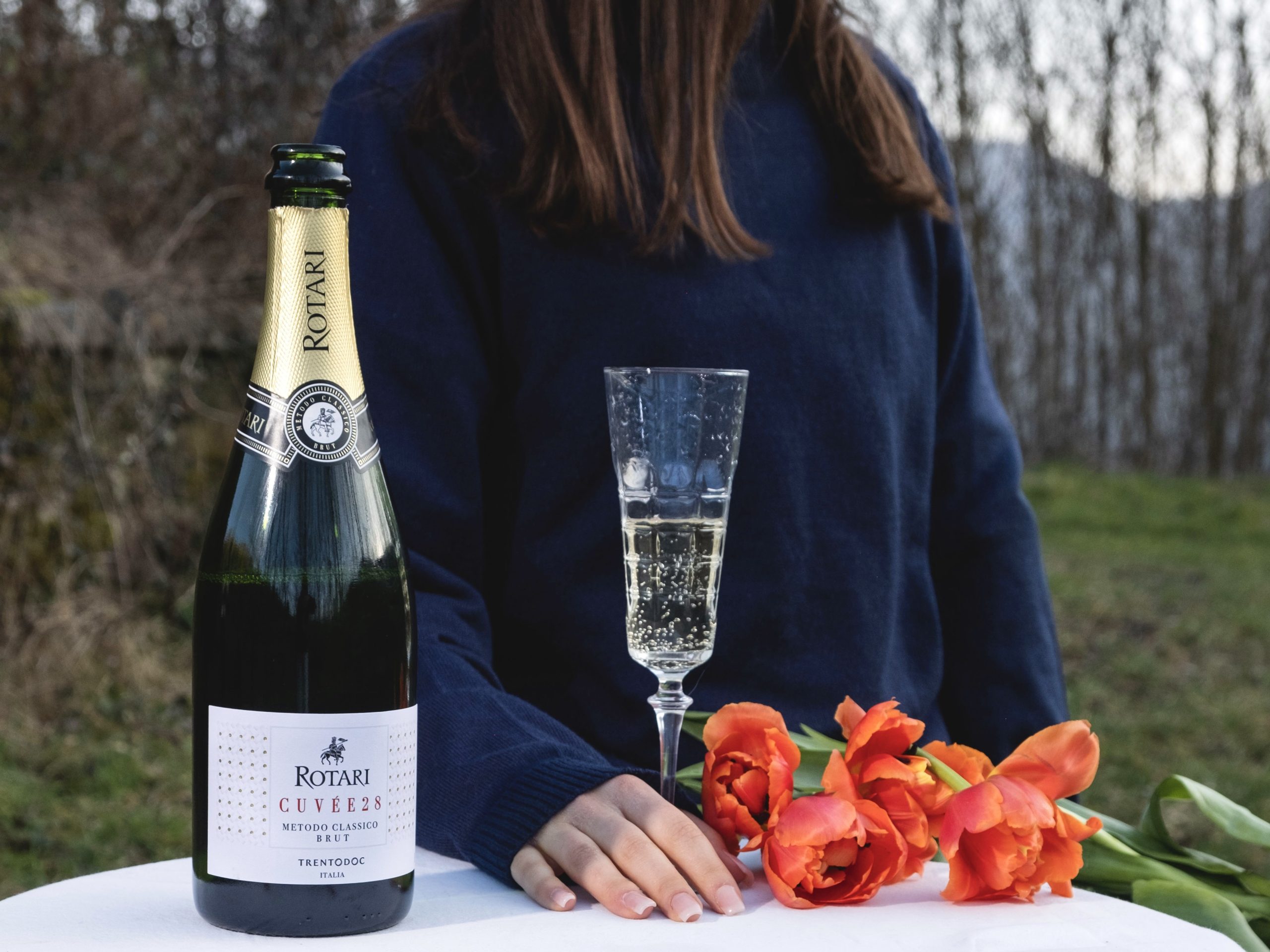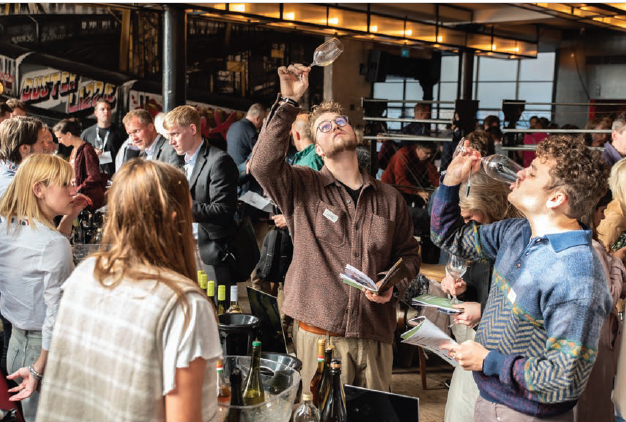Château Angélus: 2022 set to be ‘one of the greatest vintages’
The fiercely hot 2022 vintage in Bordeaux could yet prove to be “one of the greatest” years – even on a par with the legendary 1947, according to Château Angélus president Stéphanie de Boüard-Rivoal.

In spite of the challenges posed by a summer characterised by sky-high temperatures, drought and wildfires, de Boüard-Rivoal described 2022 as “wonderful”, adding: “It might be similar to 1947 – we have ambitions for that. Maybe in 15-20 years we can talk about it.”
Like 2022, 1947 was another famously hot year in Bordeaux, producing powerful wines with high levels of alcohol, some of which – such as fellow St-Emilion properties Cheval Blanc and Figeac – have since acquired legendary status.
Speaking at an Angélus tasting organised by fine wine app VintageCellar at London’s Ivy Club, de Boüard-Rivoal admitted that the drought had been “very difficult to handle” for some estates, with small berries and reduced yields.
But she said she was “very proud” of how proactive the Angélus team had been in maintaining vegetation between the vine rows to preserve moisture and reduce evaporation.
Older vines on deep soils also benefited from water accumulated during a much wetter 2021 thanks to their well-developed root systems, but younger vines had suffered because of the drought conditions, she added.
De Boüard-Rivoal, who has been in charge at Angélus for 10 years, also told the drinks business that she had “absolutely no regrets” about the property’s decision to exit the St-Emilion classification in January this year.

Following the examples of Châteaux Cheval Blanc and Ausone, which left the classification in 2021, Angélus had described it as “a vehicle for antagonism and instability” thanks to numerous court cases and legal challenges related to revisions of the classification.
De Boüard-Rivoal told db: “I respect [the classification], but I’m happy to be out of it now. I’m feeling freer than ever. I think we can now fully focus on what we do – and what we know very well how to do is making the greatest wines.
“We can focus on that, and not on defending ourselves. So I am absolutely happy with that decision. I think Angélus has a very bright future.”
De Boüard-Rivoal’s tenure at Angélus – she first expressed a wish to manage the estate when only seven or eight years old – has been marked by vineyard acquisitions and a shift in winemaking philosophy for the château’s second wine, Le Carillon d’Angélus.
Partner Content
The estate has expanded from 30 hectares of St-Emilion vineyard a decade ago to 85ha today, of which 30ha is located in Castillon – “undervalued, stunning terroir”, according to de Boüard-Rivoal. A new Bordeaux rouge, Tempo d’Angélus, was introduced from the 2019 vintage.
De Boüard-Rivoal said she had wanted to work on the definition of Carillon, feeling that second wines were often produced “by default”. She added: “I found that a bit restrictive. I said to my father [Hubert de Boüard] that I wanted a wine that had its own style and definition, from dedicated plots.”
Vineyard acquisitions have almost trebled the surface devoted to Carillon, which now includes the original 7ha around Angélus, 5ha in the west of the appellation near Cheval Blanc and Figeac, and 7ha in St-Christophe-des-Bardes.
De Boüard-Rivoal described the three parcels as being “like a mosaic of St-Emilion”, with the respective soil types comprising mostly clay; sand and gravel; and limestone. Carillon – along with third wine No 3 d’Angélus and Tempo d’Angélus – has been made at the new Carillon cellar, located at St-Magne-de-Castillon, since the 2019 vintage.

In terms of winemaking style, the grand vin of Angélus has, said de Boüard-Rivoal, seen a slight shift of emphasis from power towards elegance in recent years, particularly through the increased use since 2016 of larger vats – 30-hectolitre foudres – for maturation.
“We are trying to be more precise in the definition of the wood, particularly with the Cabernet Franc,” she said. “This has changed the wood impact … with the Cabernet Franc it really has an impact on the purity of the fruit.”
The latest venture from Angélus is La Ferme 1544, an ambitious project to transform an abandoned vineyard property between St-Emilion and Bordeaux into a working farm to supply the estate’s pair of Michelin star restaurants, Le Gabriel in Bordeaux and Logis de la Cadène in St-Emilion.
Over the next 18 months, the 10ha property, acquired earlier this year, will be developed to supply everything from fruit and vegetables to poultry, eggs and fish. A barn will be renovated to create an events space, which could host school trips and private client visits, and there are plans to use the river to transport goods between St-Emilion, Libourne and Bordeaux.
De Boüard-Rivoal said the aim was to have a “holistic” approach, strengthening the ties between the vineyard and the restaurants (Angélus already has cows on its land, and grows mushrooms in its caves).
She added that this had partly been inspired by events during Covid-19 lockdowns, when restaurant workers had helped out with work in Angélus’ vineyards. “I love this idea of the two teams collaborating together,” she said.
Related news
Strong peak trading to boost Naked Wines' year profitability




